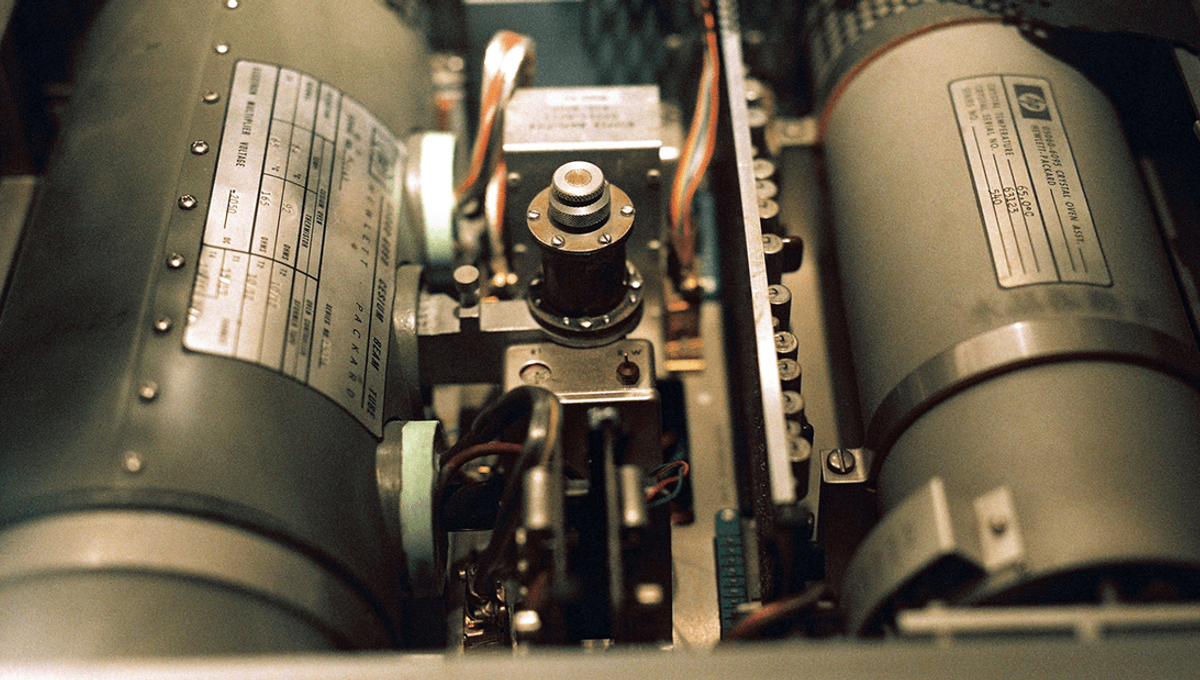
If there’s one thing you can rely on in life, it’s the laws of physics. Things in your life may change, friends come and go, but there are the laws of physics day in, day out, tirelessly keeping you from floating away into space like you’ve sampled the wrong chocolate at Willy Wonka’s suspiciously high-fatality chocolate factory.
But, let’s not get complacent. Though looking at distant galaxies has provided strong evidence the laws of gravity have not changed across the universe, there are those that (controversially) claim the fine-structure constant had changed over the course of billions of years. There’s even one (enjoyable if not believable) paper that speculates a change in the laws of physics killed off the dinosaurs. According to the paper, a 10 percent increase in the strength of gravity could have taken place over 100 million years, ending 50 million years ago, due to a “false vacuum”. The paper even proposes that this change to gravity could have disrupted the Oort cloud – a big bubble of billions or even trillions of icy objects at the outer reaches of our Solar System – and sent objects our way at an increased rate, one of which wiped out the dinosaurs.
If the laws of physics are different across the universe or time, it would go against Einstein’s theory of general relativity, which says that they are the same at all places and times in the universe. Fortunately, they have been confirmed time and time again. It’s always good to check.
In one experiment, published in 2018, a team confirmed the laws of physics had not changed in over a decade, in an experiment that saw them watch magnetic interactions inside atomic clocks closely over the course of 14 years.
The team measured a type of magnetism produced by the nucleus and electrons within the atoms of 12 atomic clocks around the world. The clocks are kept in controlled conditions in a temperature and humidity-controlled, vacuum-sealed room. In 1999, the team began measuring these interactions of magnetism over and over again, all the way through to October 2014, to see if the laws of physics remained constant across space and time.
Importantly, the lab would also be moving through space (and in the cheapest way possible) by hitching a ride on the Earth.
“We’ve moved the lab 14 times around the Sun,” as lead author Bijunath Patla put it to Wired in 2018.
As the Earth’s orbit is elliptical rather than a circle, it moves away and towards the Sun. This meant the experiment moved through different gravitational fields, again allowing the team to test Einstein’s theory that the laws of physics were the same across the universe.
Of course, as the headline doesn’t read LAWS OF PHYSICS HAVE CHANGED, you are right to assume that the experiment confirmed Einstein once more. The behavior of the atoms did not change over the course of the experiment, confirming that physics had not changed over the course of those 14 years, nor at any of the points in space the Earth passed through.
Which is comforting.
The paper is published in Nature.
Source Link: The 14-Year Experiment To Check The Laws Of Physics Aren't Changing